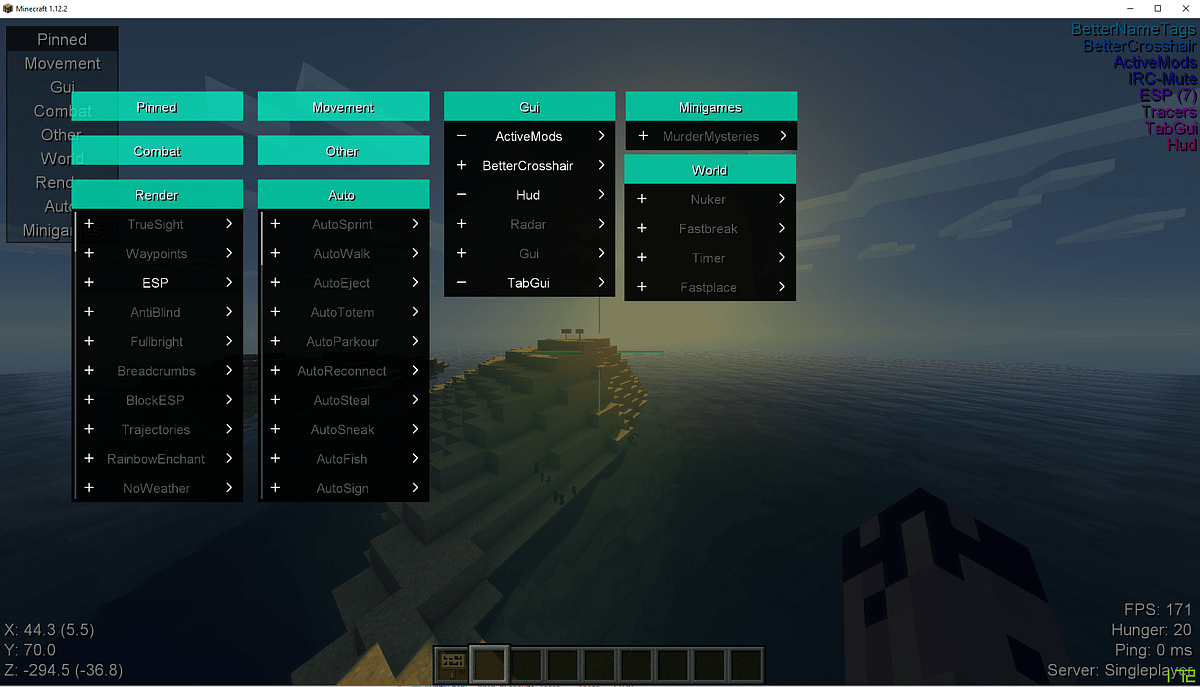


The top themes emerging as areas of need were Communication & Reducing Responsive Behaviours, Physical Environment, and Activities and Stimulation. Staff (n=12) and family focus groups and interviews (n=10) were conducted as part of a needs assessment to identify priority areas (Phase 1). Once discharged into the community, there is continued collaboration through outpatient services, which provides clinical consultation and staff support and education. Discharge planning occurs proactively and involves the referral source and community supports. This was combined with an integrated care pathway including frequent, scheduled meetings with the entire team. To create smooth and timely transition back to long term care, a 59 day length of stay was implemented.
#Phawn 1.8 hacked client full#
The NP works to full scope as most responsible provider (MRP) in consultation with geriatric psychiatry. A nurse practitioner (NP) model was implemented to ensure comprehensive, geriatric focused care. Model of Care Our Electronic Medical Record (EMR) was augmented to include documentation and data collection capability for the 14 quality indicators of the Health Quality of Ontario Dementia Standards. Following the release of the paper-version of the document, the BETSI Working Group is also actively creating an electronic database and associated algorithms to further enhance the decision-making process for staff education about dementia and other complex conditions.Ĭare Environment An evidence based, large scale renovation was done to improve the environment optimally for individuals with dementia.
#Phawn 1.8 hacked client update#
Each program is described, including information such as the goals and objectives of each program target learner method of delivery length of training curriculum update cycle program evaluation details methods by which the program elicits practice change quality assurance for trainer(s) cost and contact details. The program inventory is separated by core clinical training programs and other additional curricula to consider.

It includes methods by which organizations can assess their education needs considerations for multiple types of capacity building a core competency matrix which outlines each program’s target population and core competencies and a program inventory. The updated BETSI was released in March 2019. Other recommended programs not meeting all criteria are listed in ‘Additional Curricula’. Those meeting the set criteria are included in the BETSI’s list of recommended clinical training programs. Applications received (n=35) were evaluated by the BETSI Working Group based on a set of evaluation criteria. The BETSI was updated in consultation with approximately 100 previous BETSI users who responded to a survey which informed the creation of a new BETSI application form. In the updated version, we also sought to include programs building capacity in caring for individuals with other complex mental health conditions alongside dementia, including delirium, depression and substance use. In July 2017, a working group sought to update the BETSI due to the aforementioned growth in the number of available programs and the need to remove programs no longer offered. The original BETSI was created in 2012 by Behavioural Supports Ontario in collaboration with behavioural education experts.


 0 kommentar(er)
0 kommentar(er)
